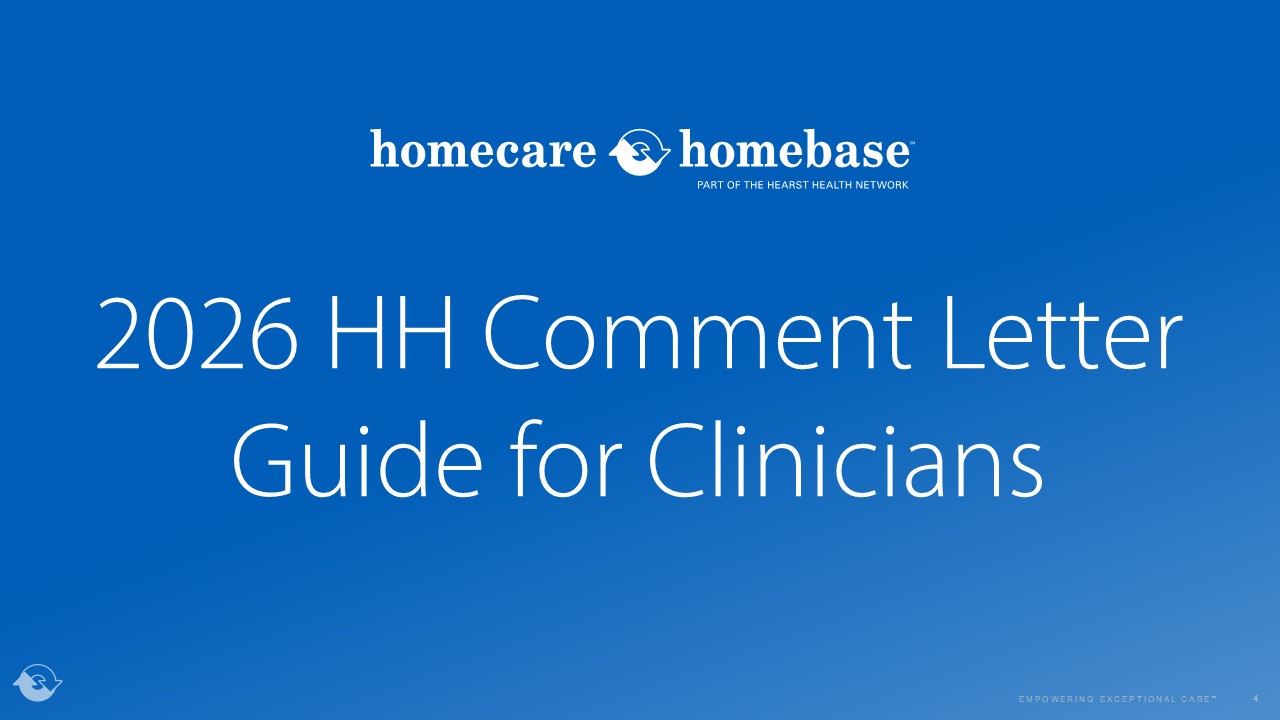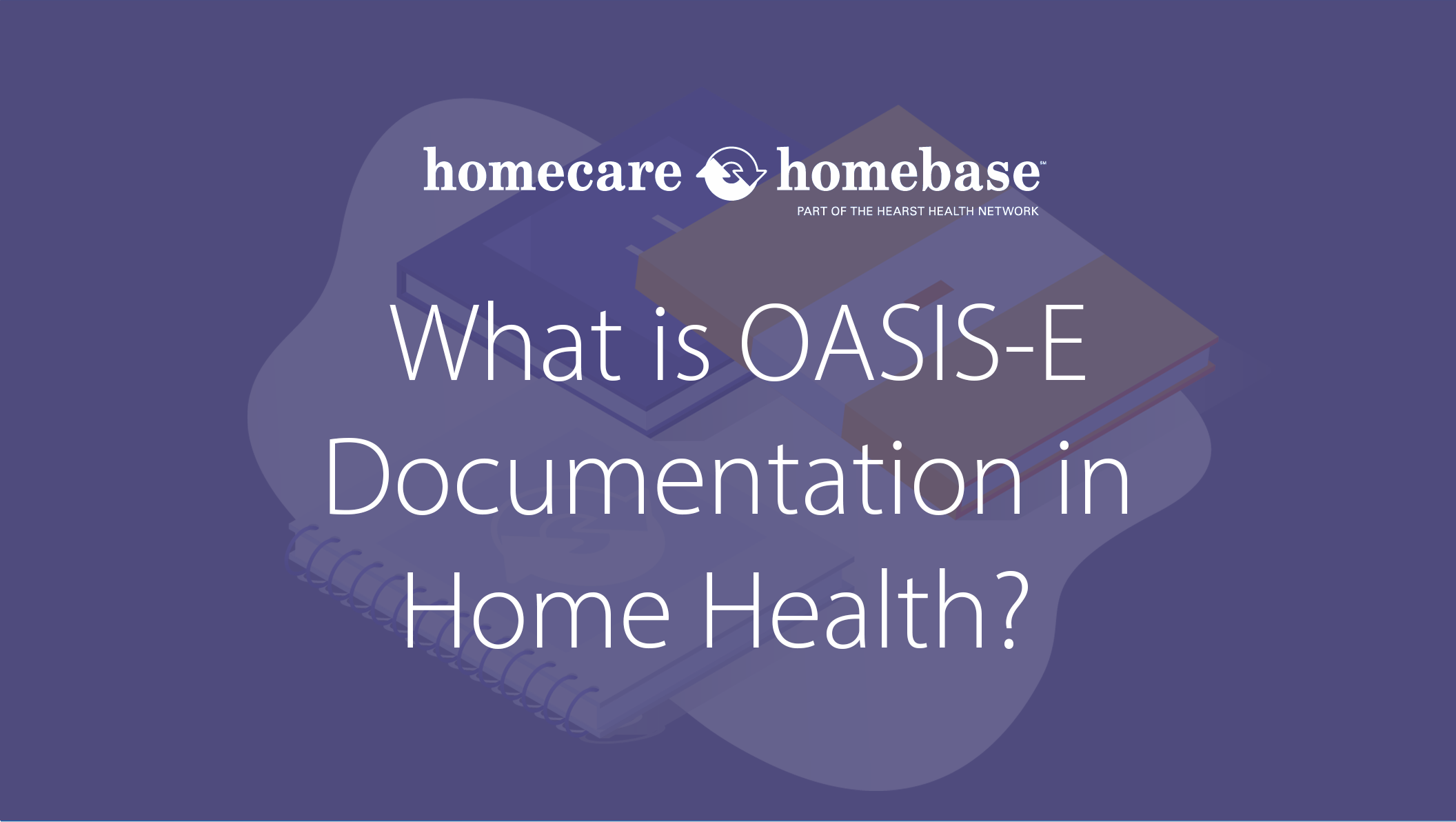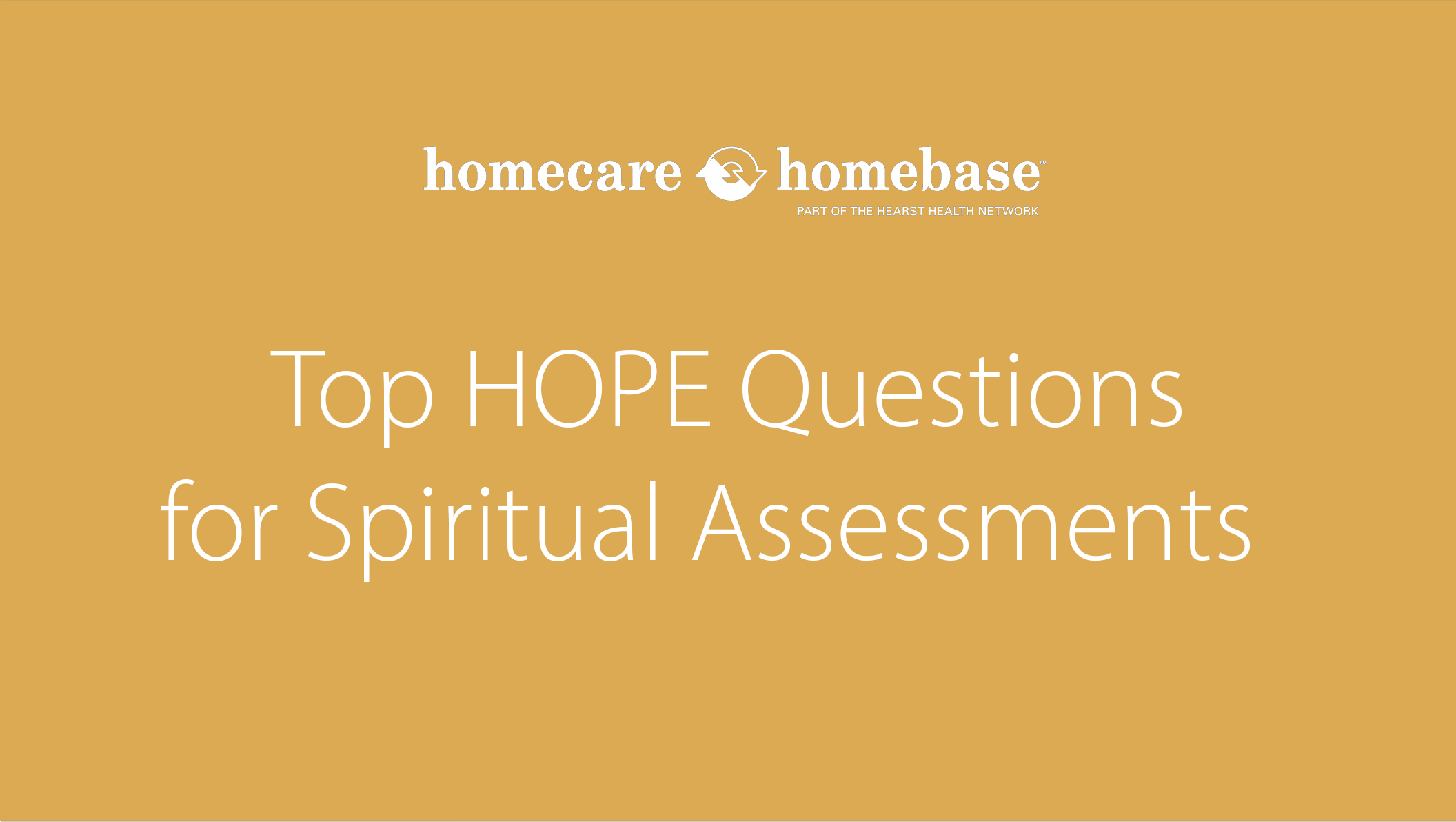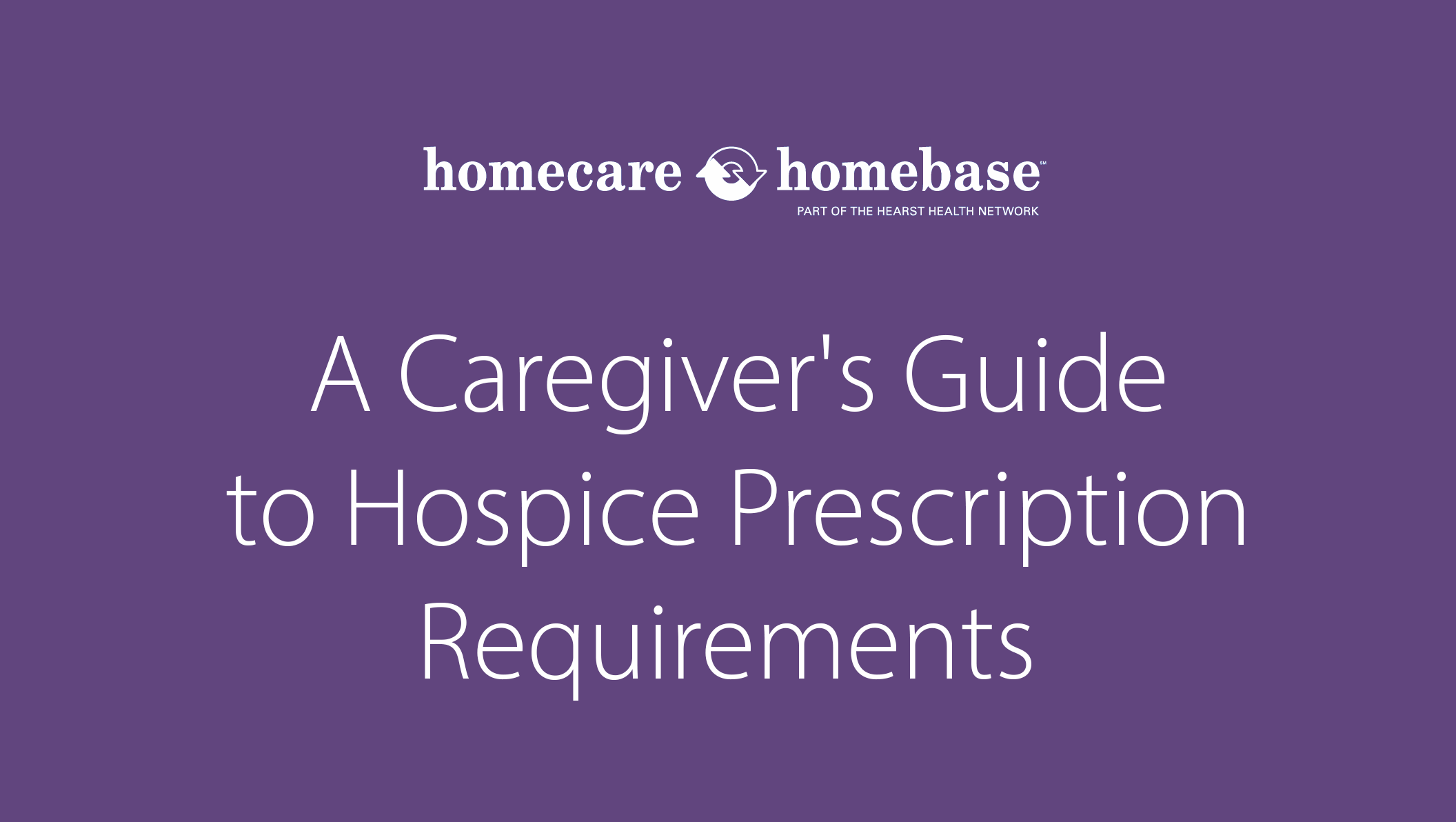Nurse retention and recruiting are top of mind for every agency in home-based care. Homecare Homebase and MedBridge co-sponsored a recent webinar to shed light on retention and onboarding challenges and best practices. Mark Hinson, Director of Client Education Professional Services for Homecare Homebase and Joseph Brench, PT, DPT, MBA, FAAOMPT, Head of Home & Community for MedBridge conducted the webinar and fielded questions from HCHB’s customer base. This blog will recap some of the insights shared during the webinar. Visit our website to view the full webinar.
Increasing demands for registered nurses
It is helpful to understand the history behind the growing demand for nurses in order to understand the full effect of today’s nursing shortage. Prior to COVID 19, registered nurses were already in demand due to an aging workforce, a simultaneous increase in the U.S. aging population, bottlenecks in education for nursing programs and burnout from the stress. The pandemic increased these pressures. Many nurses opted to retire early or leave nursing altogether because of the stress and potential risks of the job. As nurses left the industry, the burden on the remaining nurses has increased causing even more burnout and a higher demand.
- In 2021, registered nurses were the 5th most in-demand job in the American workforce
- Half of all registered nurses are over age 50 and 1 million nurses are projected to retire between now and 2030
- In 2020, 80,000 nursing school applicants were turned away due to limited nursing school capacity
While recruitment efforts are a priority for agencies, retention and improved onboarding practices are the top goals for many agencies in 2022 because of the high cost of turnover.
Why nurse retention and onboarding are important
The cost of losing and replacing home health nurses is twice the cost of the nurses’ salary because of the loss in potential productivity and other costs associated with turnover. Most nurses who decide to leave an agency quit in the first 3-12 months at an organization. The top five reasons that nurses resign are:
- Stressful work environment
- Lack of good management or leadership
- Burnout
- Inadequate staffing
- Better pay/benefits

This high turnover rate within the first year at an agency illustrates the importance of the onboarding and training process for clinical satisfaction.
What can agencies do to decrease nurse turnover?
Agencies can boost their retention efforts by developing programs that train, provide ongoing education and touch base with nurses throughout their first year (and ideally beyond). MedBridge and Homecare Homebase work closely with customers in the home-based care industry to make sure agencies have the tools and knowledge needed for successful training programs.
Educational strategies and tips
MedBridge shared tips and strategies for agencies that are seeking to improve their onboarding, retention and training efforts. Consider the following:
- Providing roadmaps for clinical growth. Invest in certificate programs and other ways to improve nurses’ skills. Invest in their education in ways that will improve their skills and allow them to advance. One opportunity is to give nurses access to the training required to handle higher acuity patients.
- Making time for preceptorship/mentorship. Dedicate time for established staff to act as field educators and ensure that they are trained for the proper skills to set new hires up for success.
- Providing BOTH synchronous and asynchronous learning. A blend of in person, classroom education for organizational and OASIS content and online or self-driven learning works best for most new hires.
- Creating a realistic time to productivity goal. Map out how long it takes from a nurse’s first day to the date they will be able to handle their full anticipated workload.
- Establishing a method for documentation accuracy. Avoid potential pitfalls and frustrations further down the line by setting up a system that helps your new hires document accurately. Create a way to check for discrepancies and address education and training gaps.
- Tracking compliance completion. Make sure you have a method for tracking and producing proof of completion for education that is required by accrediting bodies, OSHA or CMS.
- Pay is important but isn’t the biggest concern. Don’t just throw money at the problem. Make sure the nursing staff has a voice and a path for future career advancement.
MedBridge is a platform designed to help organizations retain their staff, improve patient experience and mitigate compliance risk. MedBridge believes education is the most powerful way to improve outcomes and has partnered with Homecare Homebase to help our customers achieve better onboarding programs and retention rates. To learn more about Homecare Homebase’s partnership with MedBridge and our goal to improve nurse retention and onboarding efforts for our customers, contact us online or give us a call at 1−866−535−4242.










